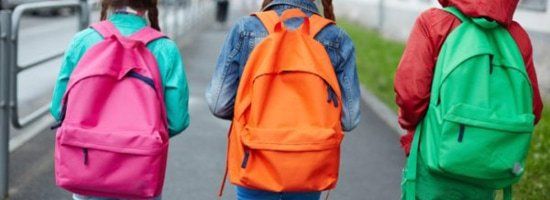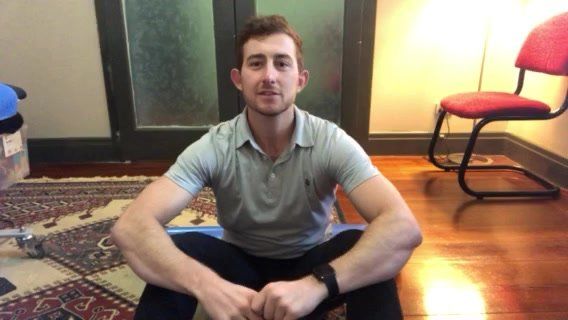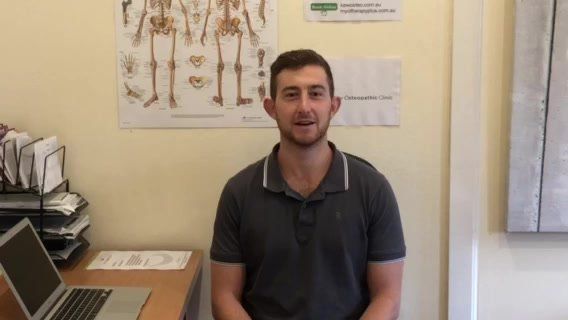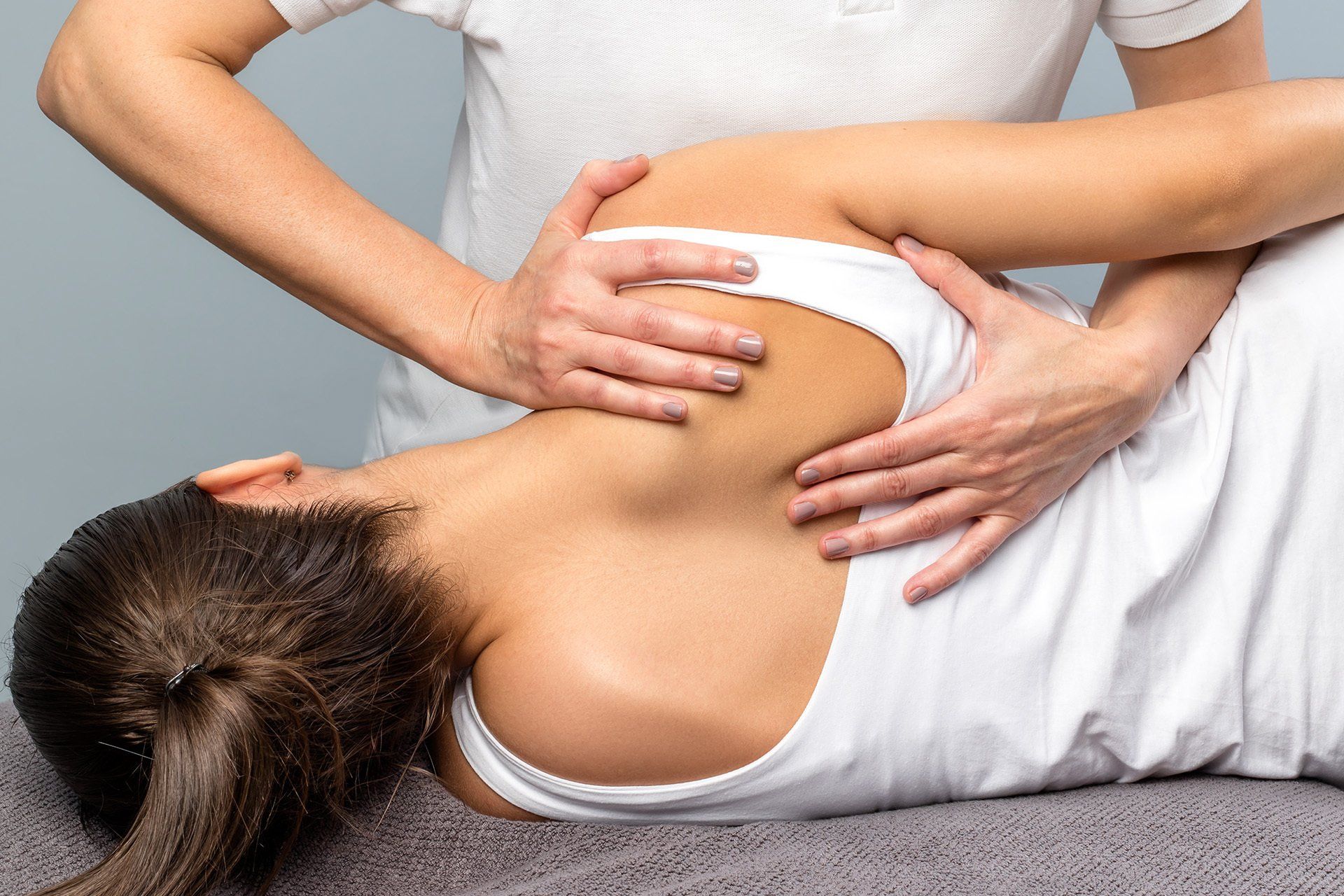School backpacks: what to look for and how to wear them

School bags are an essential aspect of the back-to-school process. Children will carry their bag the whole year, but the right – or wrong – backpack can have a much longer effect on your child’s health. Back pain is common in Australian children, particularly during adolescence. A heavy backpack increases the risk of poor posture and possible injury.
What to look for in a backpackThere are so many different styles of school bags available to purchase that it can become difficult to choose the right one. The style found to best suit children entering school and returning to primary school is an ergonomic backpack. Below are features that you should look for when purchasing a new bag.
- Make sure the backpack is the right size – it should be no wider than the child’s chest and no higher than 3 cm above their shoulders – they should be able to look up to the ceiling without their head hitting the bag.
- A moulded frame which conforms to your child’s back when adjusted correctly
- Two wide, adjustable shoulder straps with padding for extra comfort – Wearing a bag with only one should strap curves the spine unnaturally, putting stress on the whole body.
- An adjustable hip or sternum strap
- Separate compartments that allow packing ease
- One made from canvas or other light-weight material
How to wear a backpackIdeally, a school bag should weigh less than 10 per cent of the child’s body weight. For instance a child weighing 40kg should carry 2-3kg, and 4kg at the very most.
- Both shoulder straps and should always been used to distribute the weight evenly on the child’s back. Waist straps also help.
- Don’t wear the backpack below the small of the back. The shoulder straps should be adjusted so that the bottom of the bag sits around the child’s waist – trace a line from their belly button around to their back, the bottom of the bag should sit around there.
- The bag should not hang out from the shoulders – it should contour to your child’s back – and should not swing from side to side when your child is moving around.
To ensure your child actually does wear the bag correctly when you aren’t there, explain to them that it can cause serious injury to their spine, shoulders, and neck if they don’t wear it right. It is only the best school bag if it’s used the right way. Regularly check with them to see if the bag is comfortable, or if they are in any kind of pain.
Take the time to teach your child how to wear their backpack correctly, if unsure speak with your local osteopath.
“Carrying a backpack and sitting at desks all day can cause some stiffness in the back, neck and shoulders,” says Dr Patricia Thomas (osteopath).
“Encourage your kids to, where safe to do so, remove their shoes and play outside for a while when they get home. This will loosen and relieve their bodies and boost their energy after a long day of sitting postures at school, and after carrying heavy bags.
When inside, urge them to avoid chair postures or slouching on sofas, and instead allow them to adopt natural rest postures on the floor.”
Teach your kids to do a few slow gentle stretches whenever it is convenient.
Simple stretches for home:Shoulder shrugInhale and shrug your shoulders up to your ears. Hold then release and drop. Repeat three times.
Arm circlesWhile standing, stretch your arms out to the side. Slowly circle your arms forward for five rotations. Stop and circle your arms backwards for five rotations.
Torso twistStand with your arms loosely by your side and turn your torso to the right. Let your left heel come off the ground as you twist. Repeat for the left side, letting your right heel come off the ground as you twist. Repeat several times on both sides.
Original article published by Osteopathy Australia
Subscribe to our newsletter!
Contact us
Thank you for subscribing!
Opening Hours
- Monday
- -
- Tuesday
- -
- Wednesday
- -
- Thursday
- -
- Friday
- -
- Saturday
- -
- Sunday
- Closed
Locations Serviced
Kew East, Kew, Hawthorn, Camberwell, North Balwyn, Balwyn, Bulleen, Doncaster, Doncaster East, Ivanhoe, East Ivanhoe, Lower Templestowe, Fairfield, Northcote, Richmond, Hawthorn East, Thornbury, Box Hill North, Canterbury, Surrey Hills, Alphington
All Osteopaths at the Kew Osteopathic Clinic are members of Osteopathy Australia
All Rights Reserved | Kew Osteopathic Clinic | Privacy Policy





